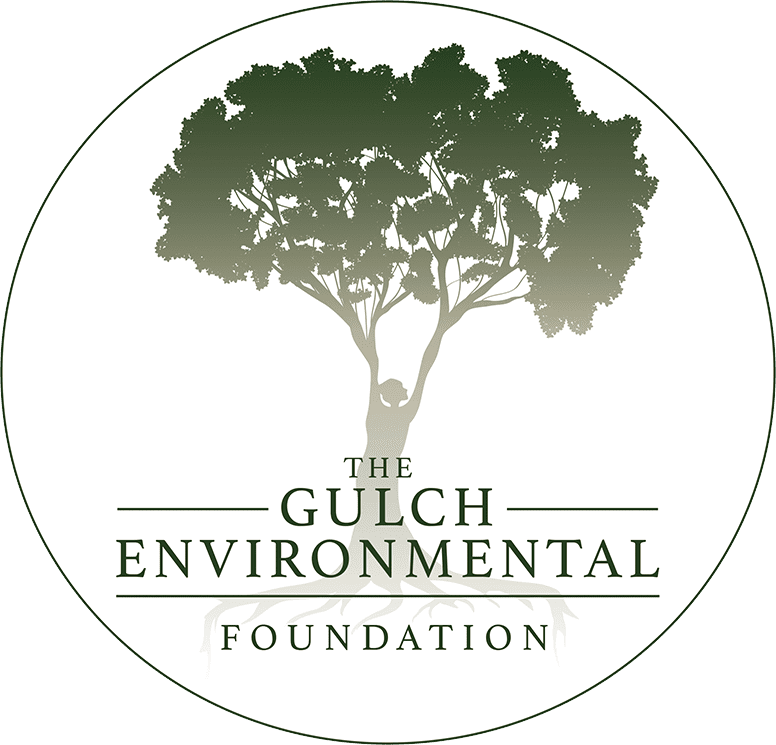2023 Q2 Impact Report
A Note From Our Founder and Team
Delightfully, in Q2, we got rain at the farm, about 13”. When the rain first started to fall, the land was so dry that even a few inches of rain didn’t seem to make any difference to the creek or the ponds; the soil just sucked up all the moisture. But eventually, the soil became saturated, and the rain would cause the creek to swell up the banks with water. Even though the ponds were still low, with the moisture across the landscape, everything started to turn green, from the fields to the trees. The rain came a bit late for this year to be a good wheat harvest; like many in the region, we decided to bale our wheat and oat fields for hay – still in high demand. This turned out to be a fantastic move, as the ongoing rains caused weeds to grow through many of the field’s others were harvesting as grain still. Although our fruit trees are still young, there were a couple of pear trees with fruit just starting to develop. We also moved forward with many other wonderful projects at the farm. We mostly completed the greenhouse and got shelving for seedlings installed. Our young blueberry plants provided food for our honeybees and produced a handful of berries. Our potatoes have started to grow, and we’ve been weeding back the tall grasses to give the potatoes better-growing conditions. We also conducted another photo monitoring as a follow-up to the baseline conducted in 2021, so we can visually compare changes at the farm across time.
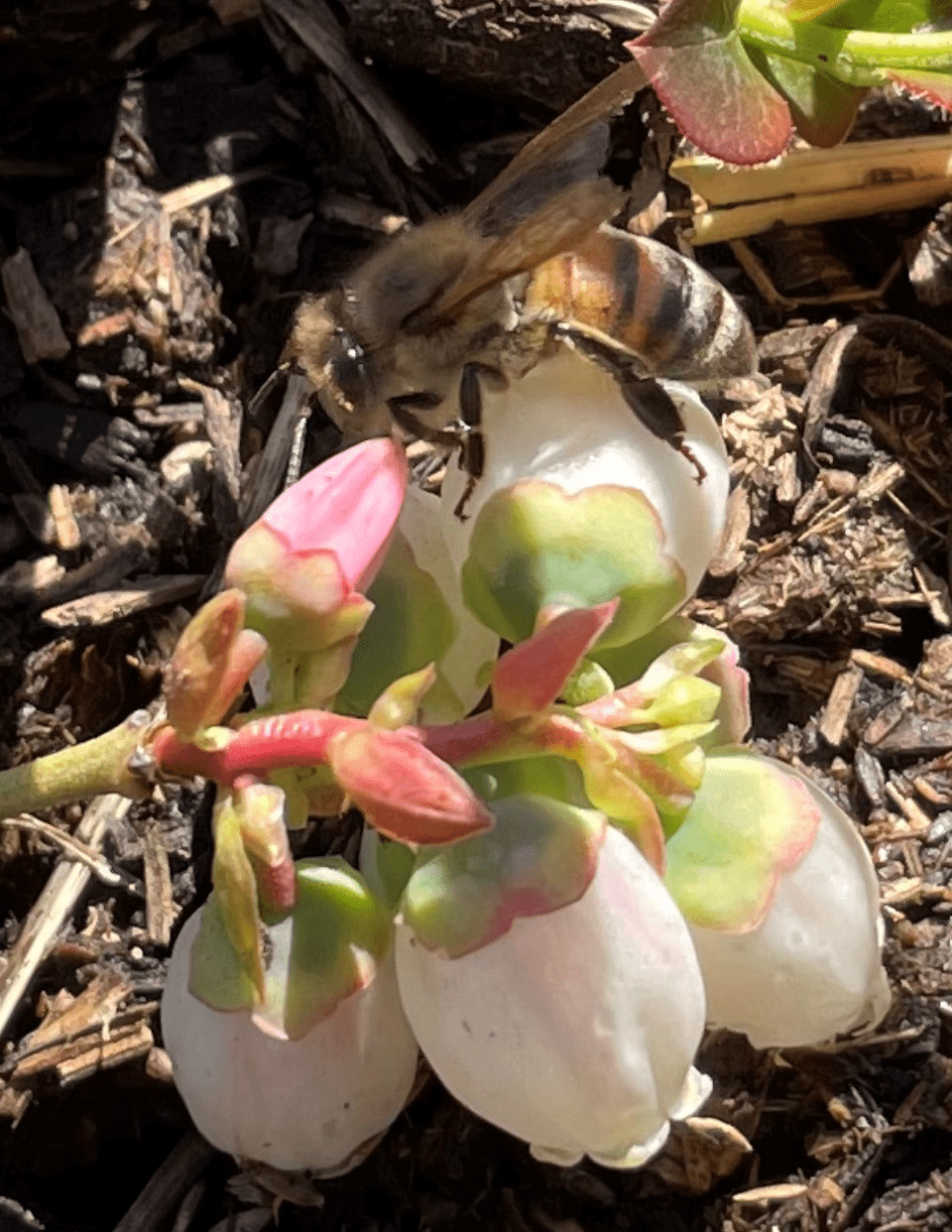

Until the rain started, we continued hand watering the newly re-planted orchard trees and blueberries during establishment, and we will continue to develop the farm infrastructure and continue our outreach, education, and public involvement.
Our projects are working to do good on multiple fronts: carbon sequestration, regenerating soil, making food for those in need, planting diverse crops for stability in changing times, and providing habitat to support our farm as part of the larger matrix of natural systems in the region.
We could not do our work without donors. Our foundation’s administrative costs are covered through sponsorship donations, and all other donations go directly to on the ground project actions.
Summary of Q2 Activities
Our donor-funded activities are broken down into 7 main categories. The activities completed during this quarter are outlined below:

University Involvement Support/ Science Projects
- Research by the Gulch Research Director featured in over 20 news articles.
- Began conversations with Oklahoma State University about participating in additional research projects.
- Baseline bird point counts were conducted.

Diverse Planting
- Perennial:
- We continued to care for the orchard trees, as well as conducted a full status inventory to assess losses from the difficult conditions of the previous year.
- Annual:
- Grain: All planted grain crops were harvested as hay in late May. Due to the timing of the rain, this was the more profitable harvest option this year. This hay was sold to a neighboring rancher.
- Oil Sunflowers: We planted a 16’ wide border of oil sunflowers around the perimeter of nearly the entire farm. We planted these into the firebreak from fall.
- Potatoes: During Farm Day, we built and planted 3 large potato beds. During this quarter, the planted potatoes had grown to about the size of marbles. When they reach the size of a golf ball to tennis ball, we will bring them to a local Co-Op to sell.
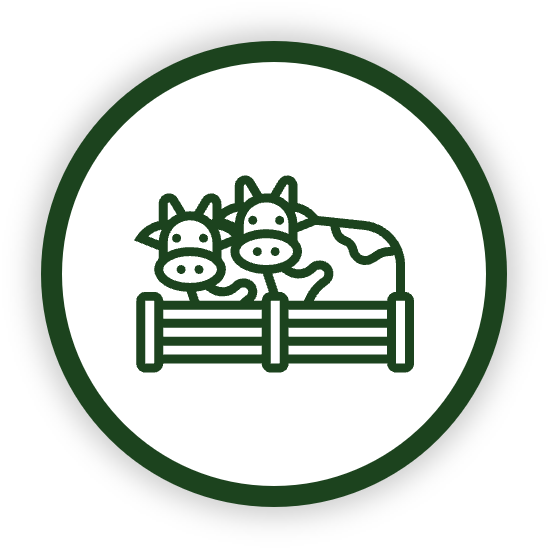
Livestock Incorporation
- Cattle: As part of indirect incorporation of livestock, Rainmaker purchased 220 tons of composted cattle manure in Q1 from a nearby cattle rancher to use as fertilizer. This was spread across all fields in Q2.
- European Honeybees: The rains in Q2 were good for the bees, making more flowering plants bloom. However, many of the blooms were smaller and hives across the region were still struggling. We have continued nearly weekly monitoring and food supplements, but we are at this point down to one hive. Therefore, we opted to hold off requeening until next year when the hives will be more vigorous. Our beekeeper also helped a Scout meet the requirements for the Insect Study merit badge during his inspection of the farm hives.
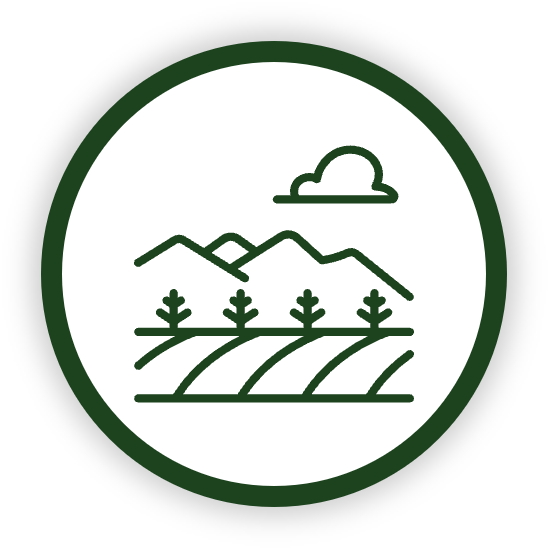
Cover Cropping
- Cover cropping is beneficial to regenerative farming in many ways. It protects the soil from erosion. Many species replenish essential nutrients, such as nitrogen, in the soil. The deep roots of native species also help sequester carbon. Our native grass cover crop will continue to develop around the orchard, which will help with carbon sequestration, soil stabilization, and retaining water in that soil. All fields are planted with either annual or perennial cover.

Farm Equipment & Supplies
- We have used the equipment purchased in the previous few quarters to conduct our planting using the Tractor and Conservation Seeder. We have also been using a tractor pulled batwing mower to keep the weedy species in the crop fields from going to seed.
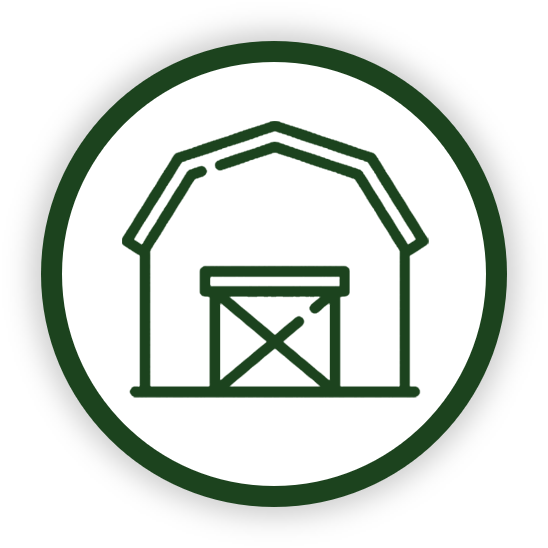
Infrastructure
- Greenhouse assembly was completed, except for the windows and doors. The foundations were concreted into the ground, including staking with rebar, to better withstand the winds in this region. The structure withstood a windstorm!
- A full inventory of the border trees was conducted, and we met with a tree specialist about ongoing care of the trees and replanting those lost.
- Many herbs and flowers planted around the tiny house were thriving, providing nectar for our honeybees and other pollinators.
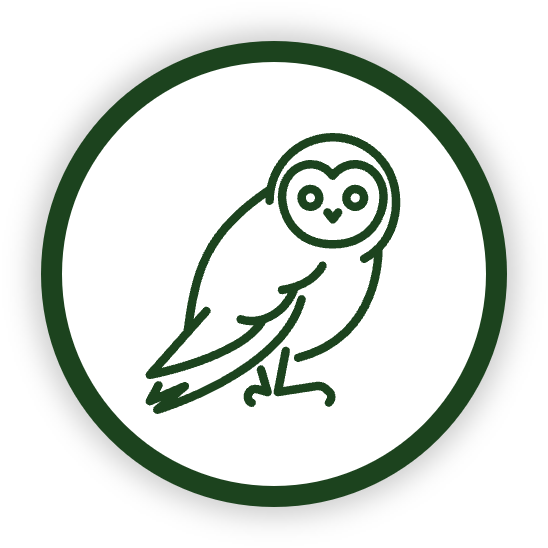
Rainmaker Farm
- Ongoing monitoring of the Barn Owl Nest boxes Rainmaker Farm is using ecological pest management. There was evidence of whitewash in just one of the nest boxes. As there was only a thin layer of mulch in each box, resulting in exposed bottoms, we supplemented the nesting material by adding 3 more inches of mulch to each to encourage use.
- We have been implementing various Integrated Pest Management tools to manage the weedy or invasive species in our crops. We are primarily managing Horse Weed (Erigeron canadensis) and Musk Thistle (Carduus nutans), including mowing, manual removal, and spot treatment with concentrated vinegar.
- We designed a logo for Rainmaker Farm and made gear with that logo available on the Gulch Foundation fundraising site.
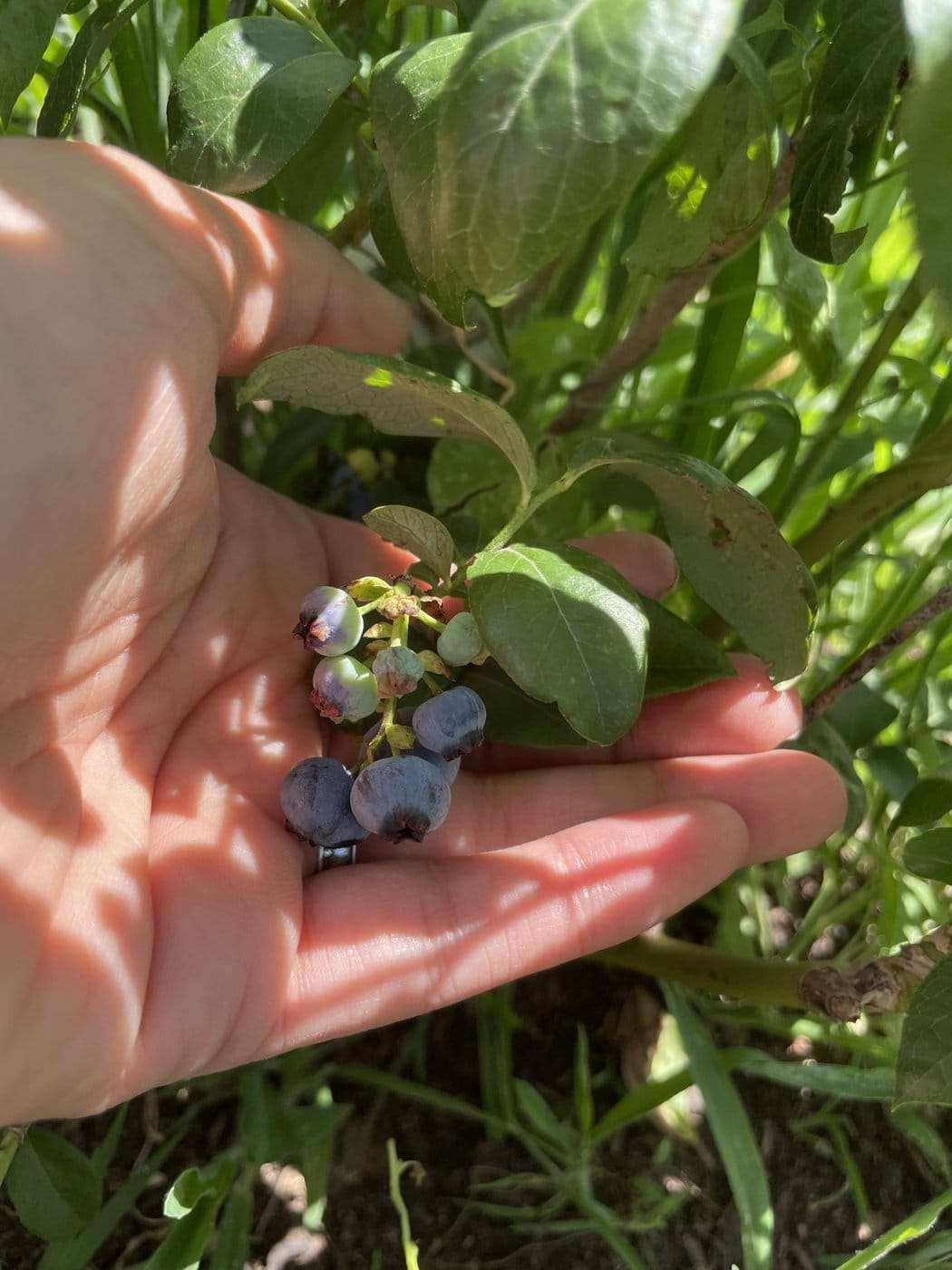
Targets and Goal Tracking
We are on track to meet our targets and goals.
Next Steps
In Q3 2023 we anticipate the following:
- Continue to care for the orchard, blueberries, and border trees, including watering new plantings.
- Start preparing the infrastructure for goats, which will help with invasive species control, nutrient cycling, and food production.
- Developing additional water sources (water catchment).
- Explore partnering with a pollinator and/or crop researchers.
- Update our website to better highlight the work we have done over the past two years.
- Continue our outreach and education efforts.
